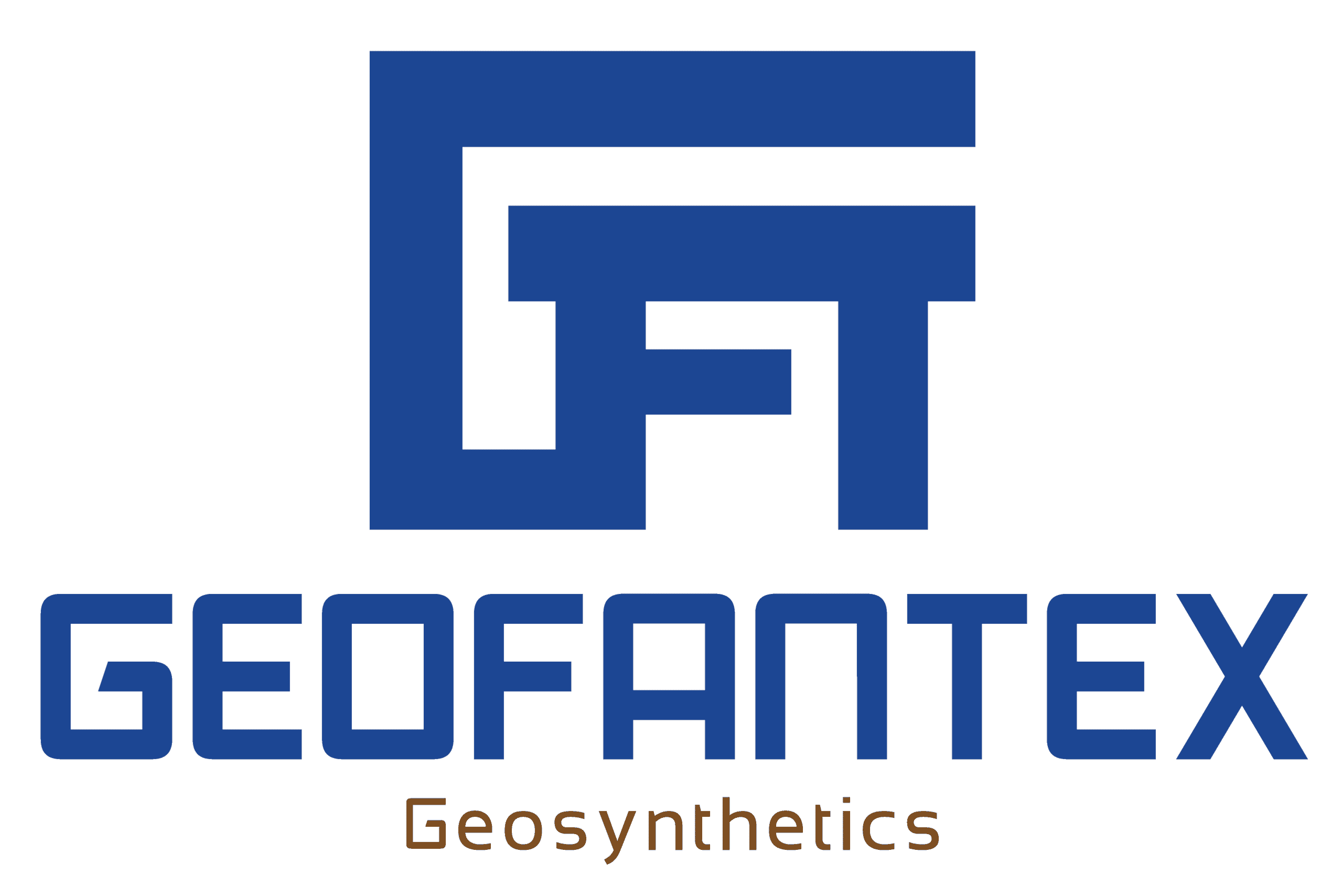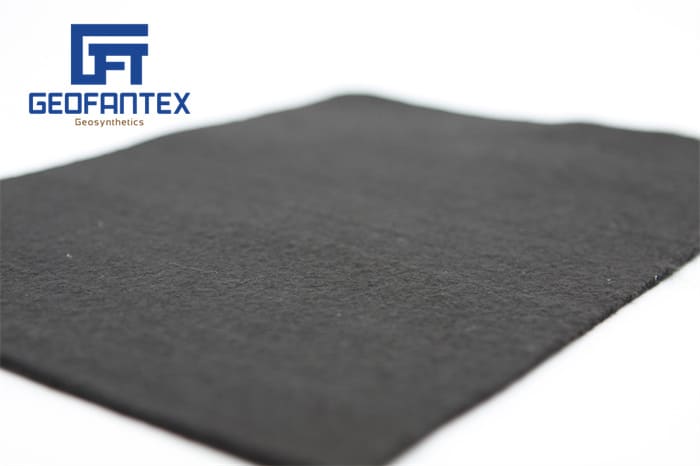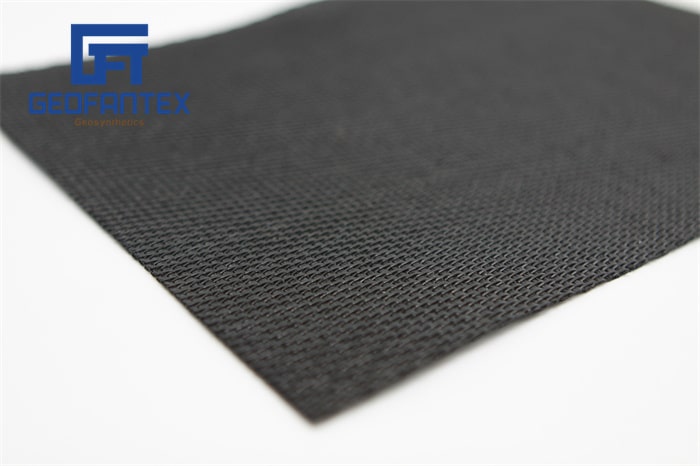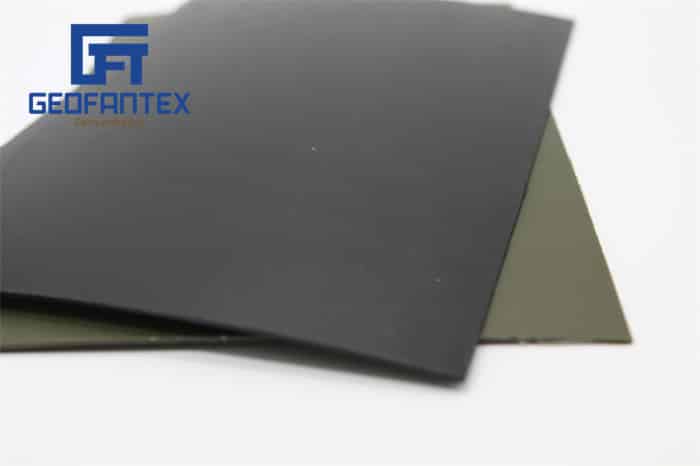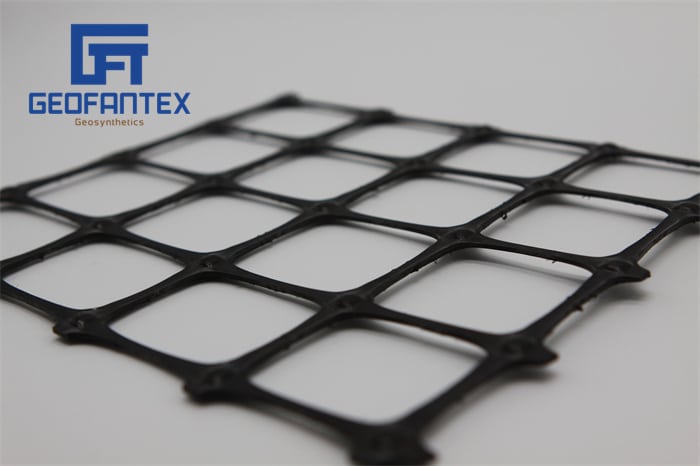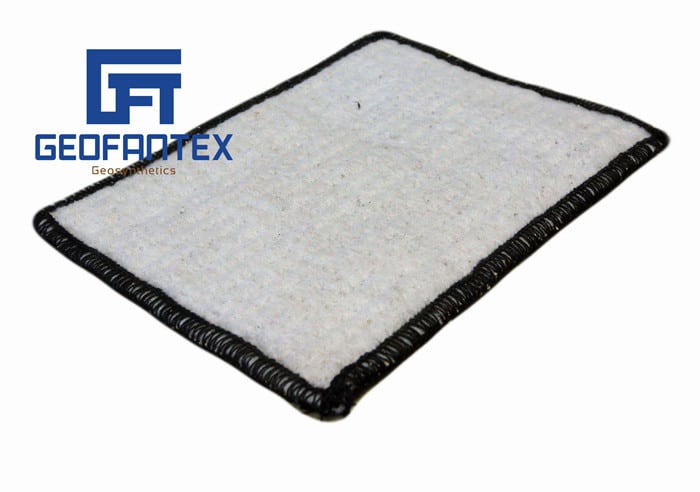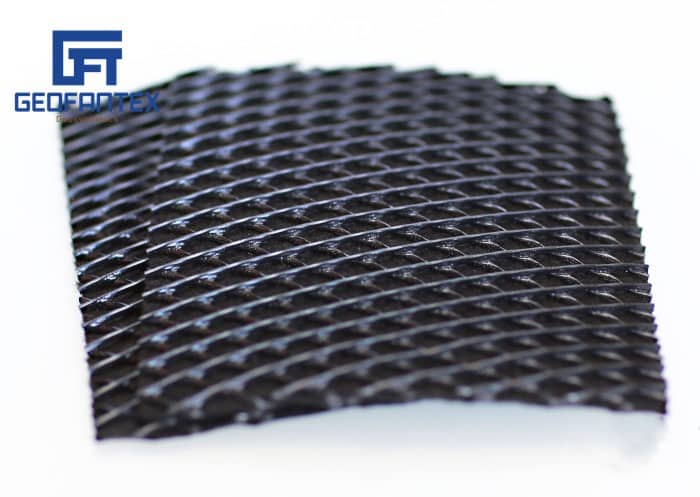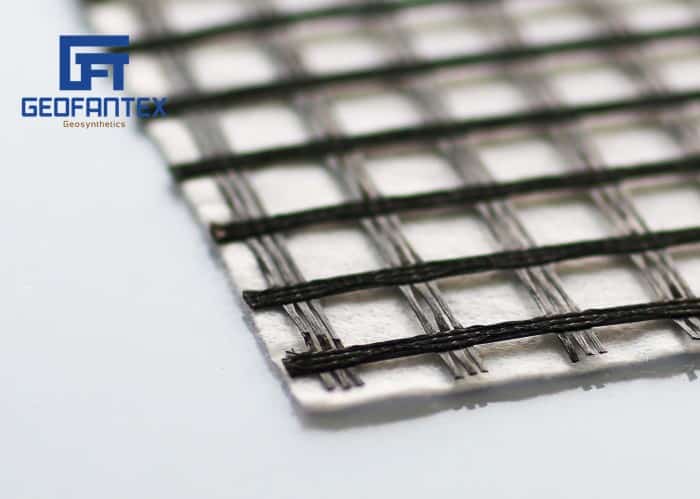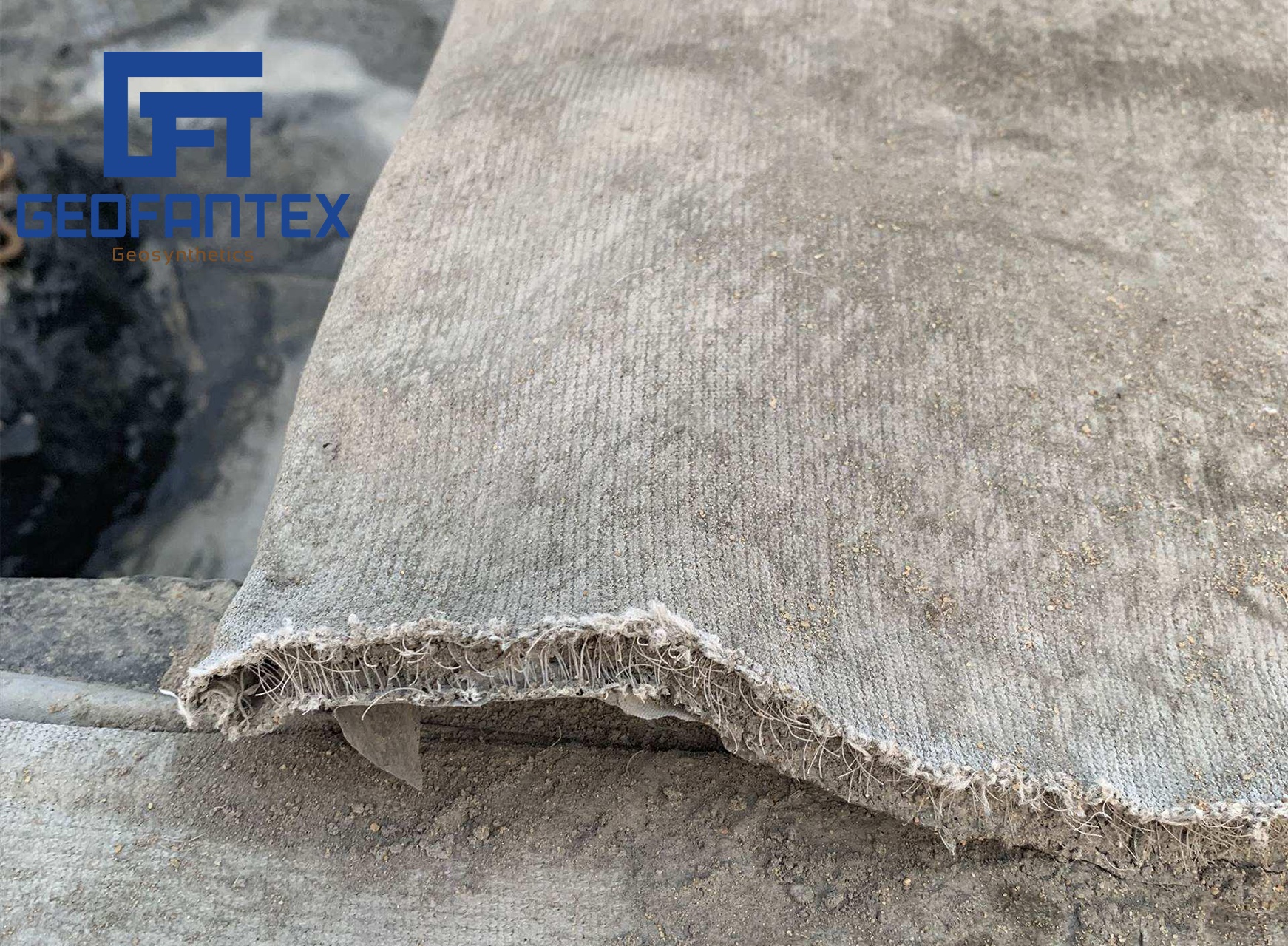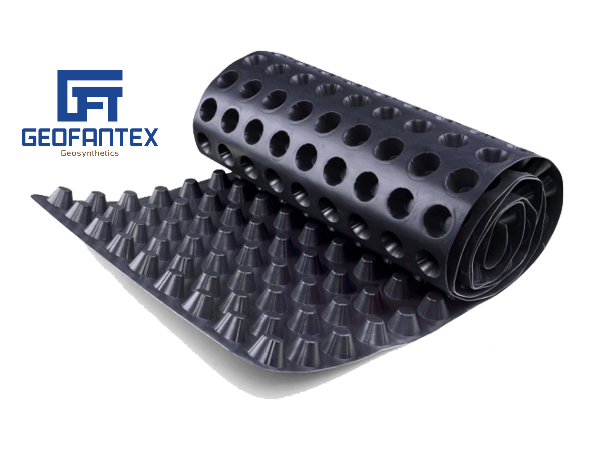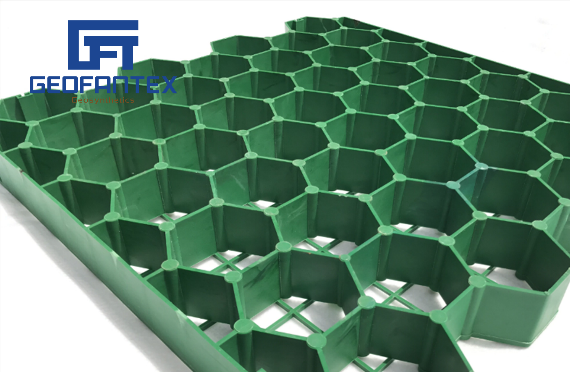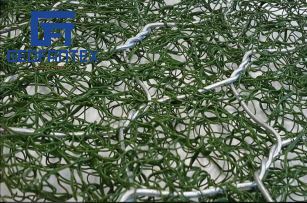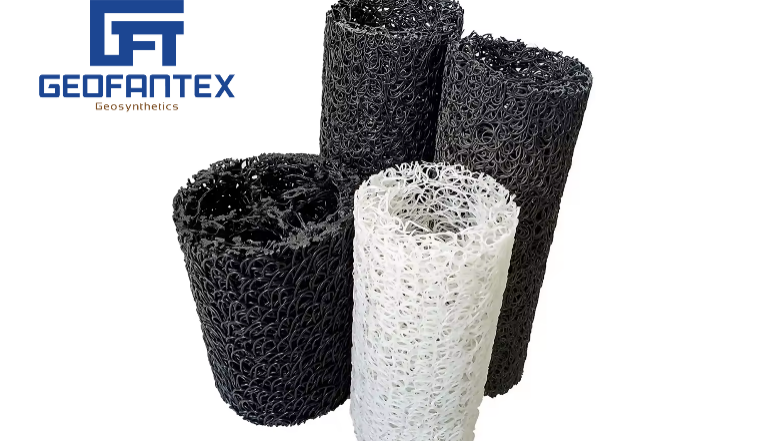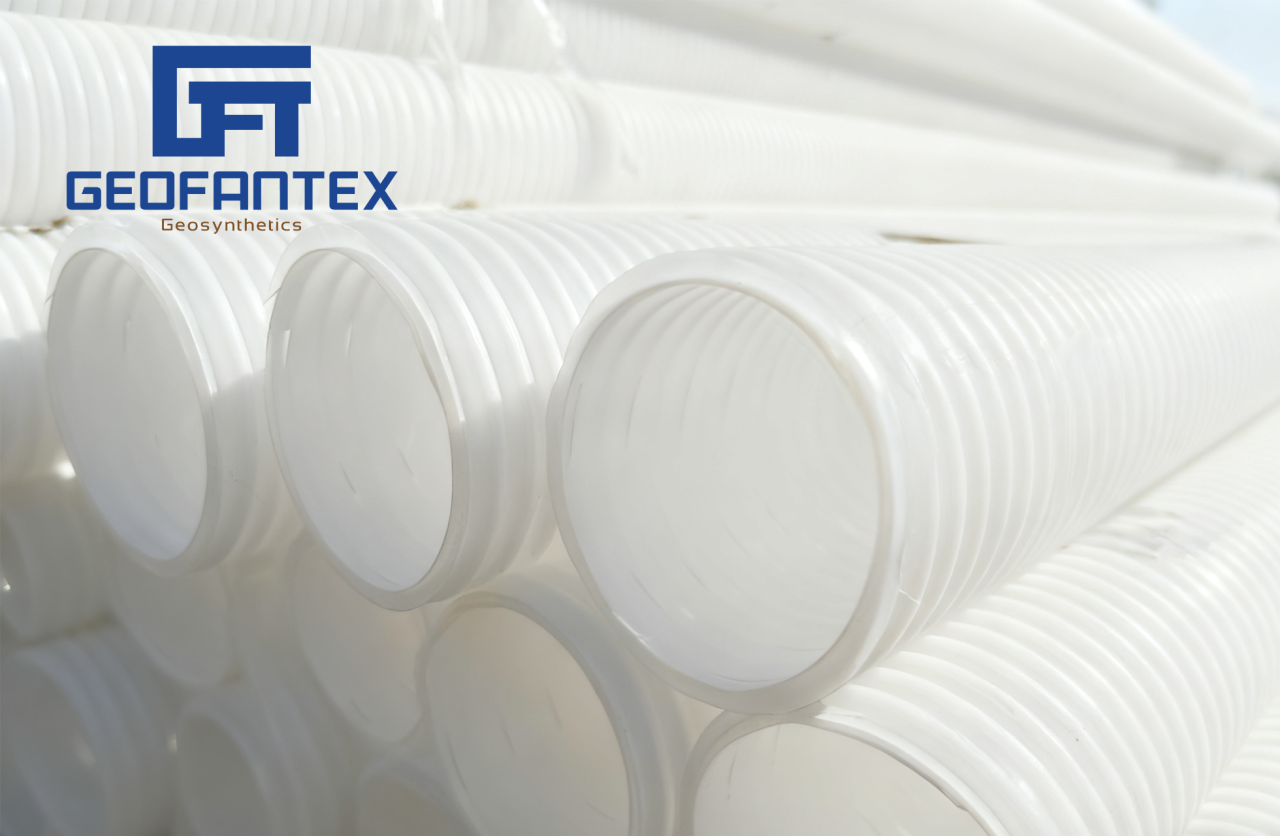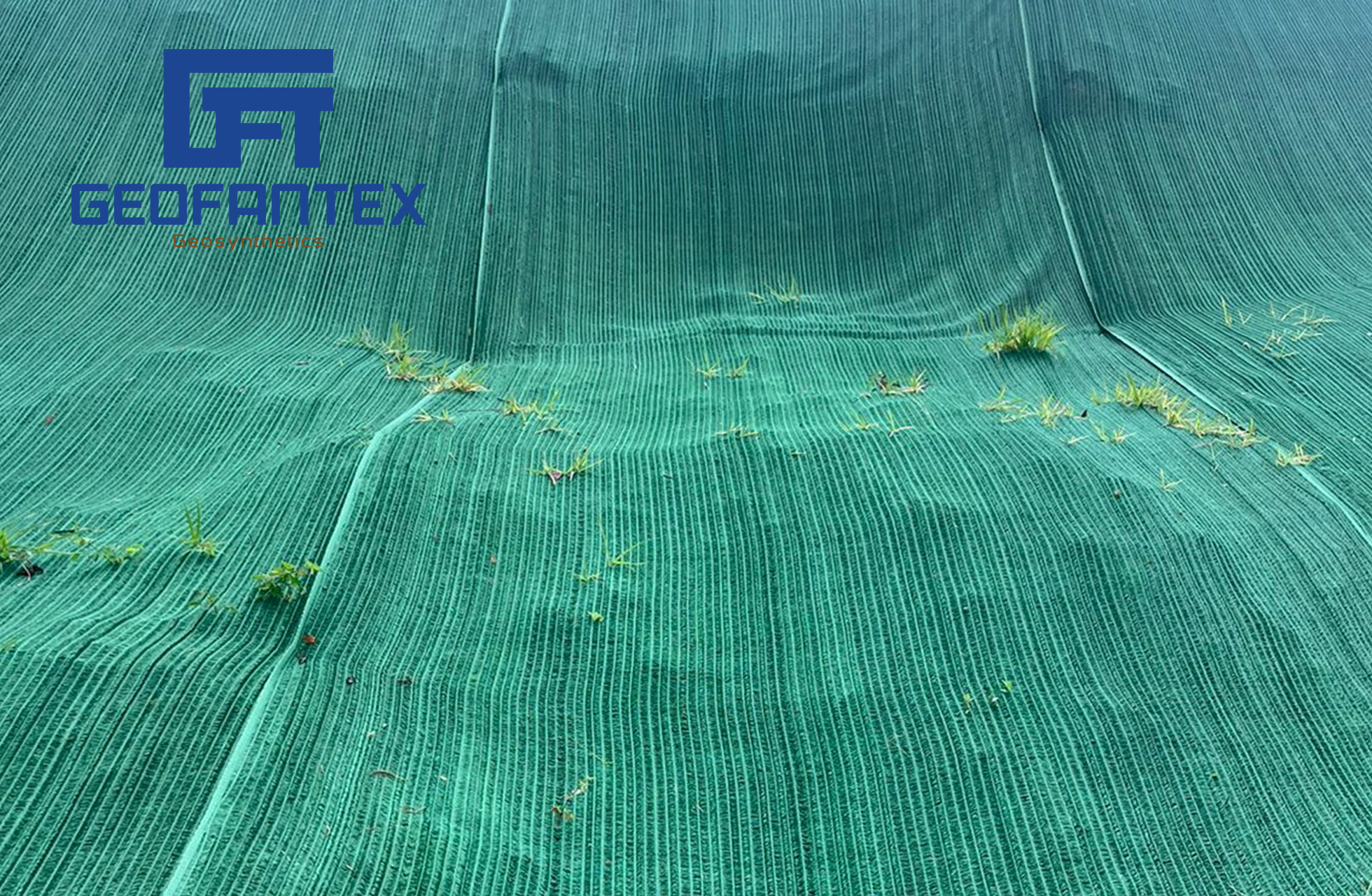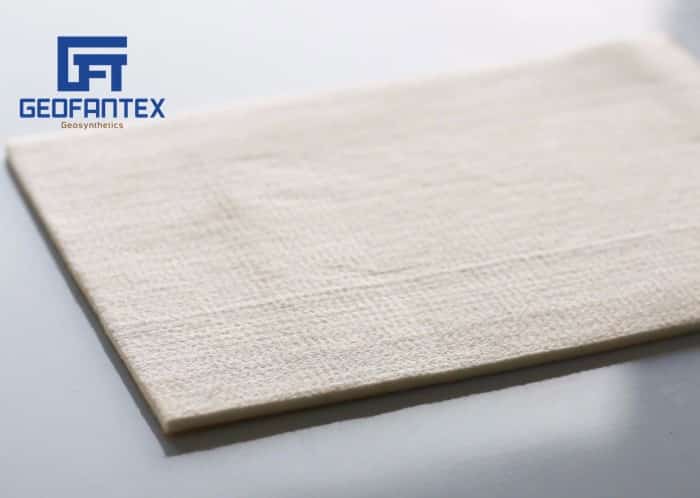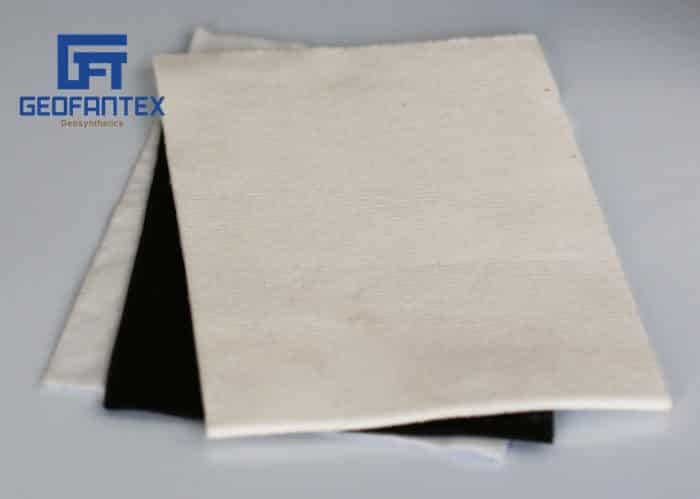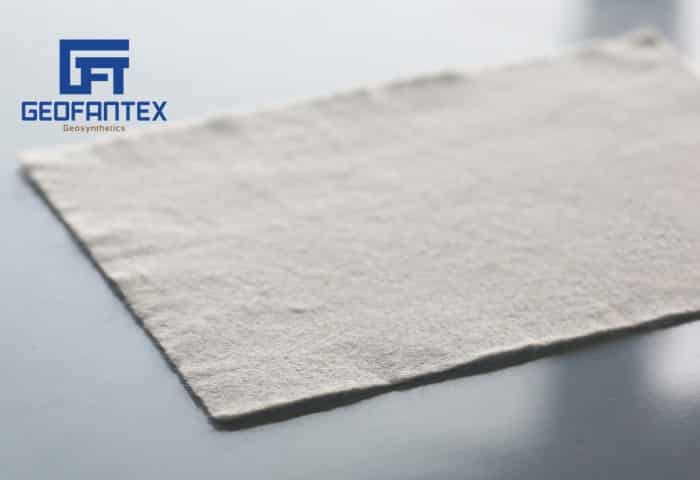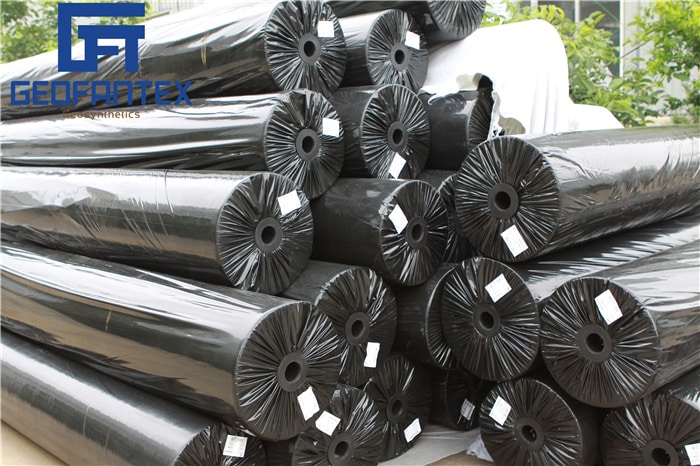+86-159 9860 6917
info@geofantex.com
geofantex@gmail.com
+86-400-8266163-44899
Geosynthetic clay liners (GCL) are essential components in modern environmental engineering projects. They offer unique benefits in containment applications, providing a robust barrier against water and contaminants. Here’s everything you need to know about geosynthetic clay liner in the industry.
What is a Geosynthetic Clay Liner?
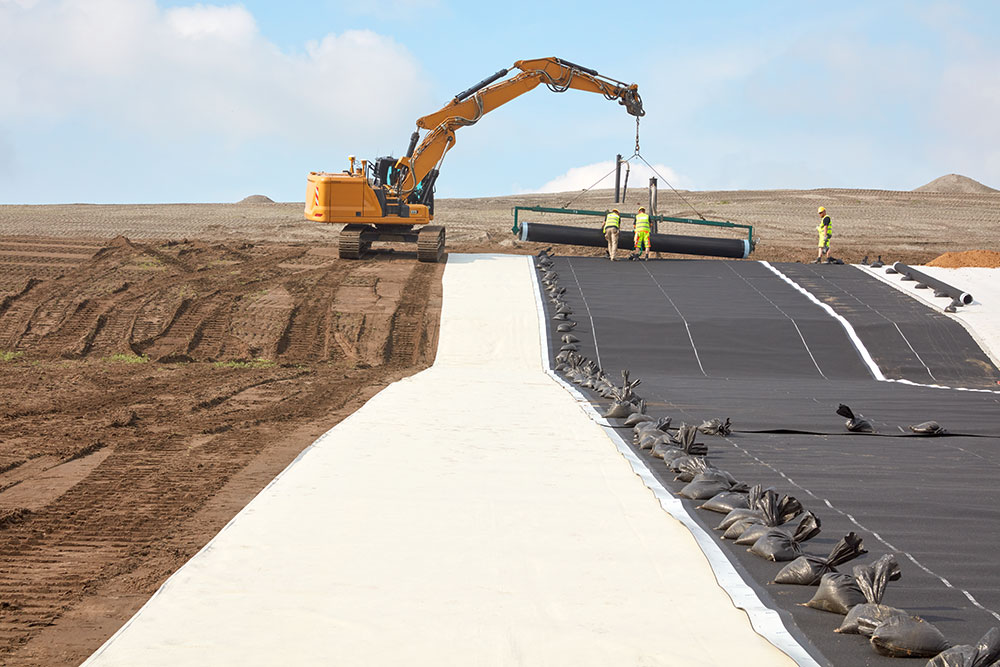
- A Geosynthetic Clay Liner (GCL) is a factory-manufactured hydraulic barrier consisting of a layer of bentonite clay sandwiched between two geotextiles or bonded to a geomembrane.
- The bentonite clay swells when hydrated, forming a low-permeability barrier that effectively prevents water and contaminants from passing through.
- GCLs are commonly used in landfills, ponds, canals, mining sites, and environmental containment projects as an alternative or supplement to compacted clay liners.
- They are lightweight, easy to install, and provide consistent quality compared to natural clay liners.
- GCLs offer excellent sealing performance, especially when covered and confined properly, and are often used in combination with geomembranes for enhanced protection.
- In summary, a GCL is a reliable, efficient, and cost-effective solution for controlling liquid migration in various civil and environmental engineering applications.
How Does Geosynthetic Clay Liner Work?
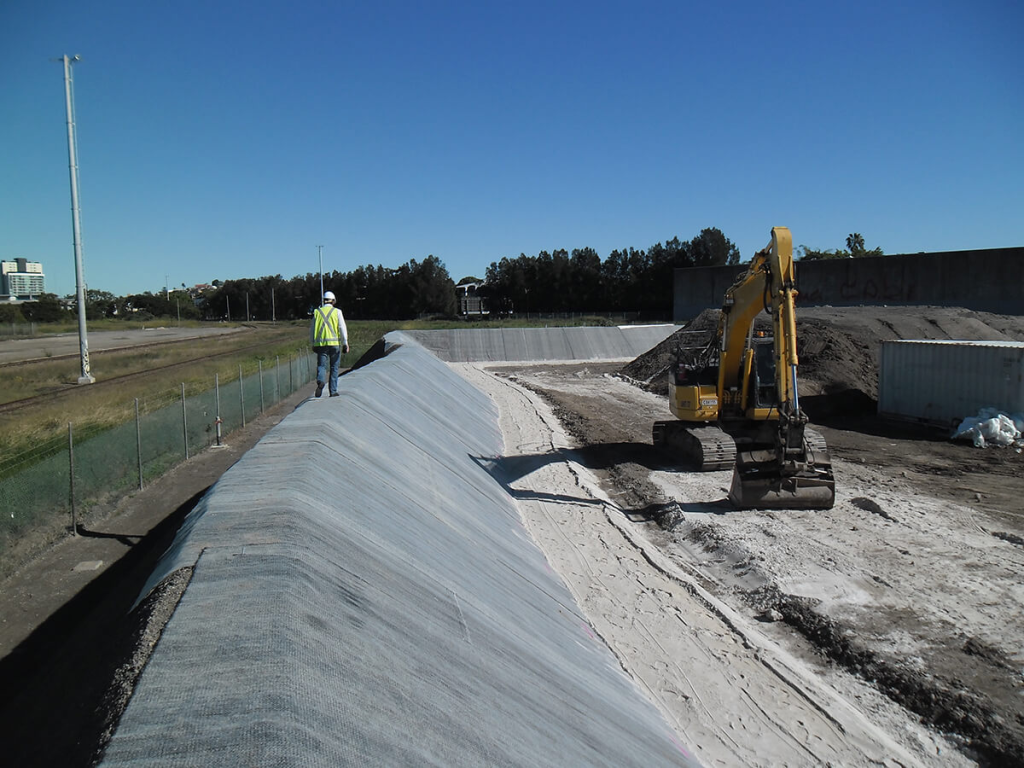
What are the Applications of Geosynthetic Clay Liner?
- Geosynthetic Clay Liner (GCL) works as a waterproofing barrier by combining natural bentonite clay with synthetic layers.
- Core Layer: At the center of a GCL is bentonite clay that swells when hydrated, sealing gaps and creating a low-permeability barrier.
- Synthetic Layers: The bentonite is enclosed between geotextile or geomembrane layers that add strength, protection, and structural stability.
- Waterproofing: When water attempts to pass through, the bentonite expands to fill voids, preventing infiltration and safeguarding underlying soil or structures.
- Applications: GCLs are widely used in landfills, ponds, mining sites, tunnels, and containment systems where reliable leakage prevention is essential.
In summary, GCL combines the natural sealing capability of bentonite with synthetic reinforcement to provide a flexible, durable, and highly effective hydraulic barrier.
What are the Advantages of Using Geosynthetic Clay Liner?
- Environmental Sustainability: GCLs reduce the environmental footprint of construction projects by minimizing the excavation volume and using natural materials like bentonite clay.
- Cost-Effectiveness: Compared to traditional clay liners, geosynthetic clay liners offer significant cost savings in installation and maintenance.
- Versatility: They are suitable for various soil conditions and climates, ensuring consistent performance across different geotechnical applications.
According to GeoEngineering, the global market for geosynthetic clay liners is projected to grow at a CAGR of 5.8% from 2025 to 2030, driven by increasing environmental regulations and infrastructure development. This growth reflects the expanding applications of GCLs in waste containment and water resource management.
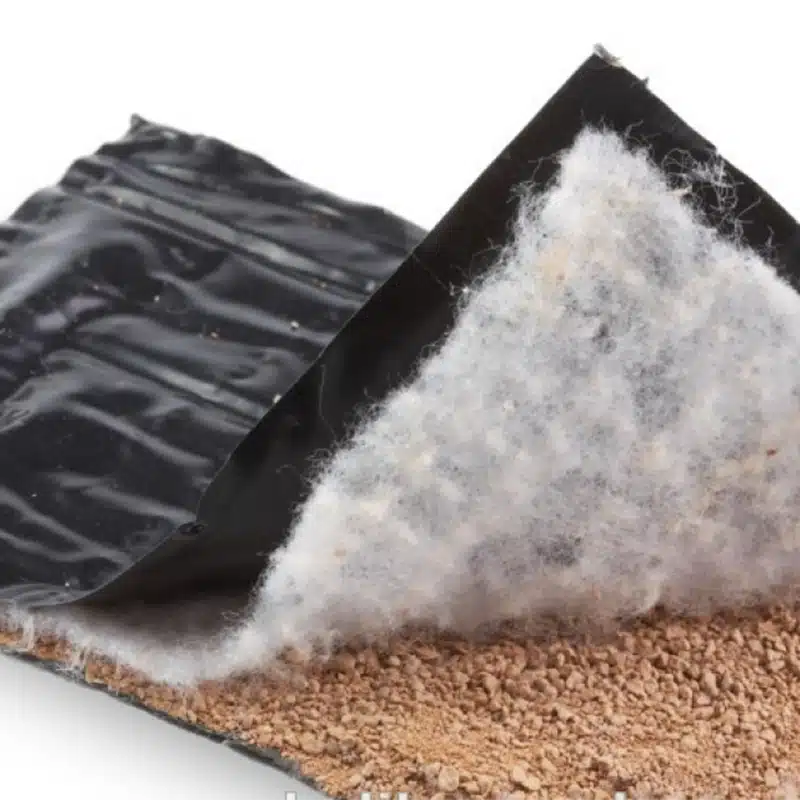
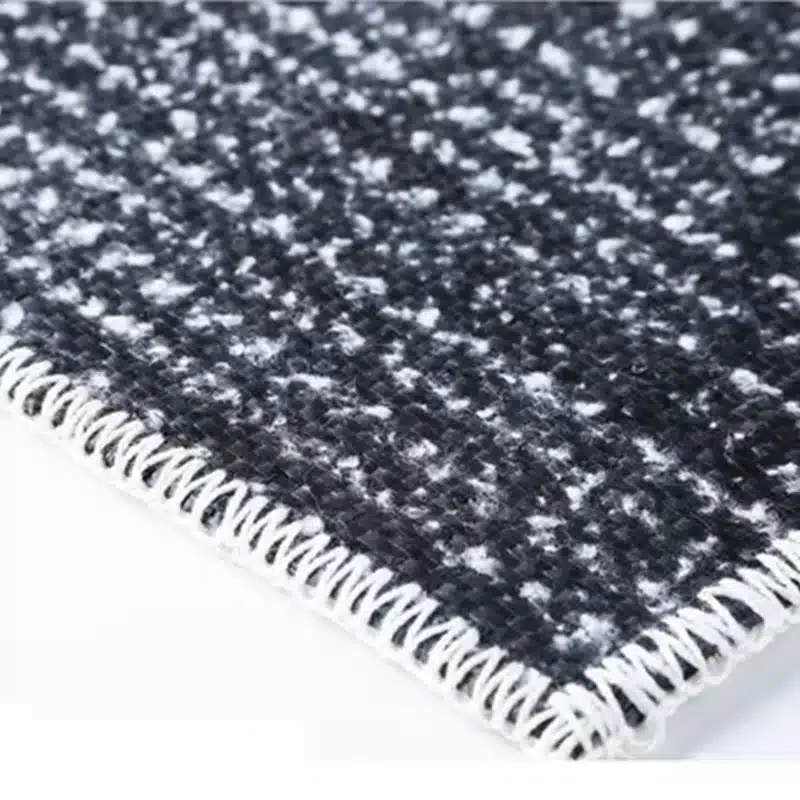
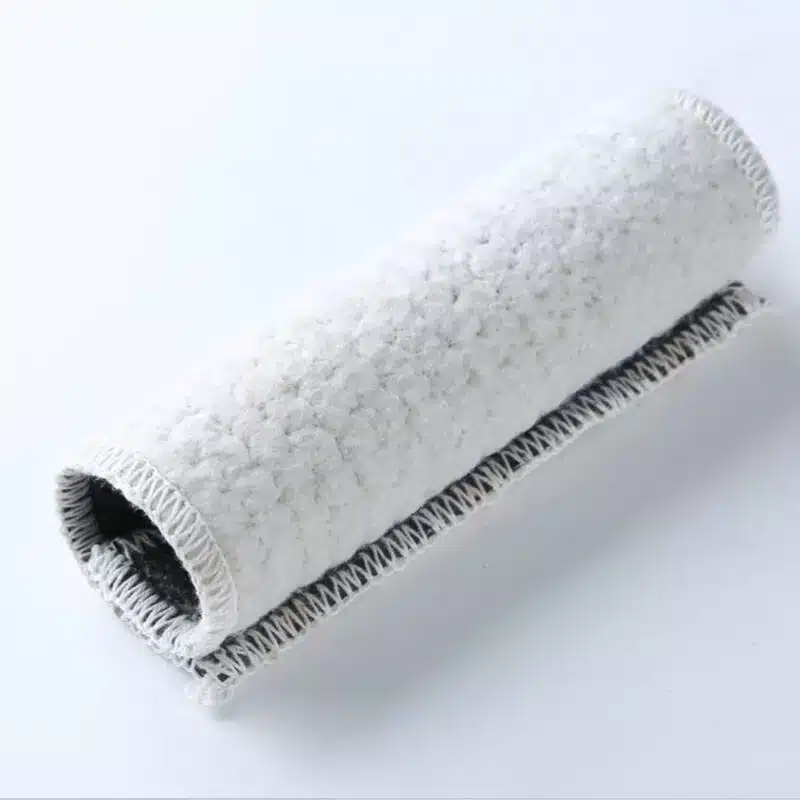
Get Free Sample
We’ll respond as soon as possible(within 12 hours)
